1880s crawlspace:
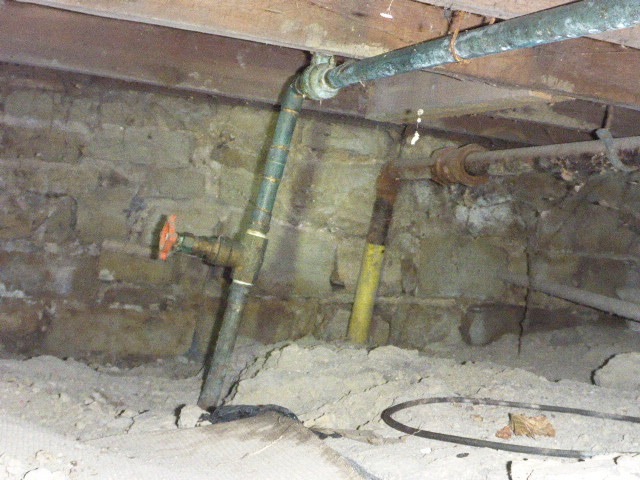
While the dirt was mostly dry today at the end of winter, there has been moisture affecting the crawl space, as evidenced by efflorescence staining at front and rear stone foundation areas.
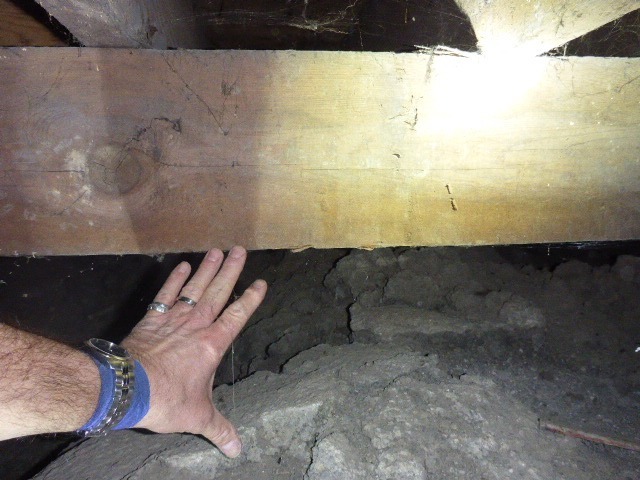
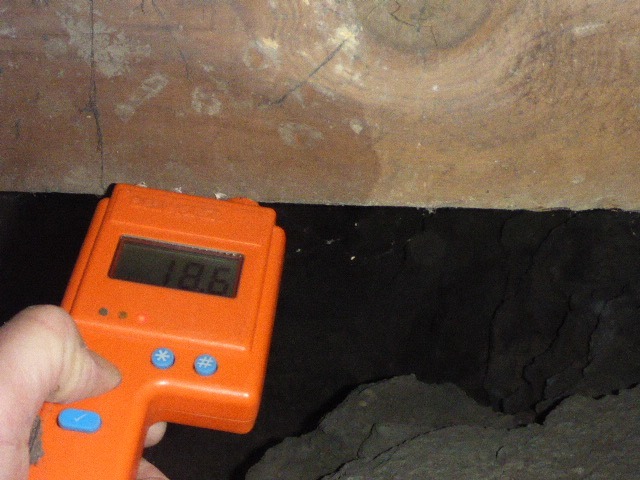
Elevated moisture level was detected at the beam (joists should be 18 inches above a dirt floor and beams 12 inches above a dirt floor. Crawl floor should have a vapor barrier if not concrete
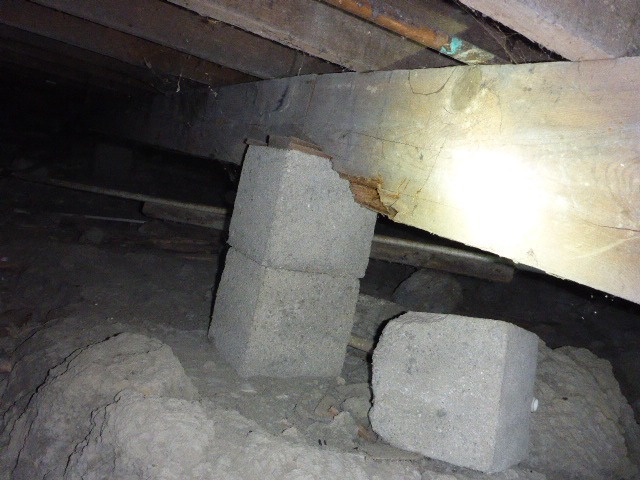
A major concern is the excessive degree of rat infestation
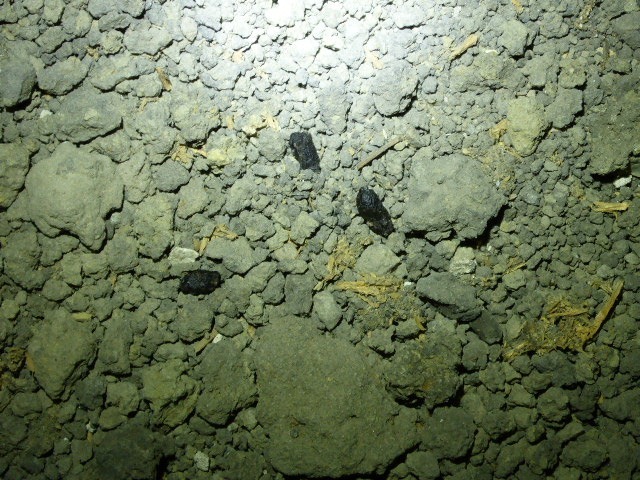
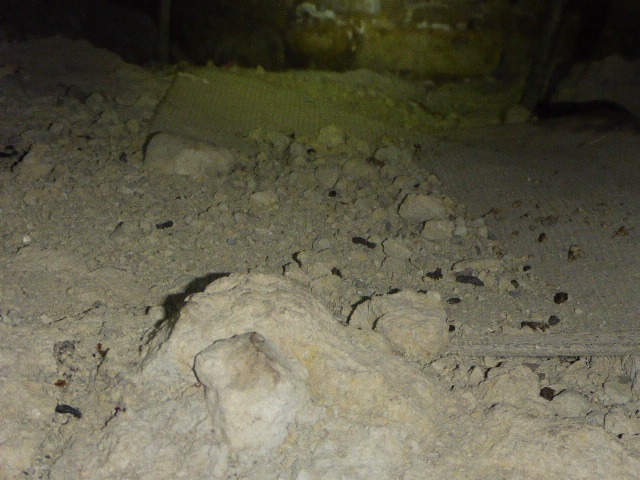
Many rat droppings are present, viewed at several crawl areas
Note metal screen (partially gnawed through) and rodent poison, under kitchen sink.
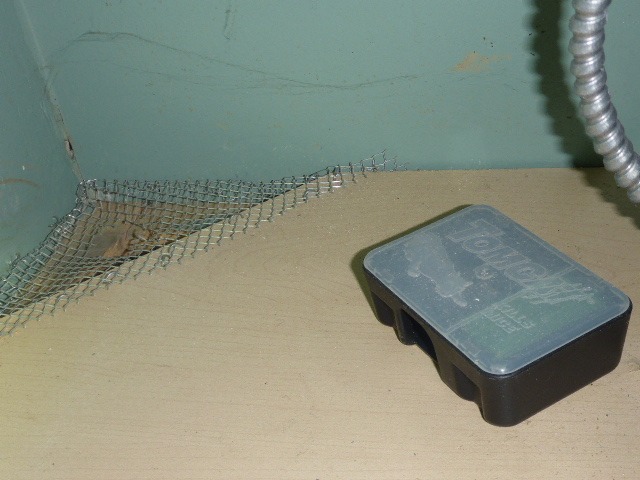
I noticed a pronounced odor of urine in the crawlspace, indicating severe degree of rat activity / nesting.
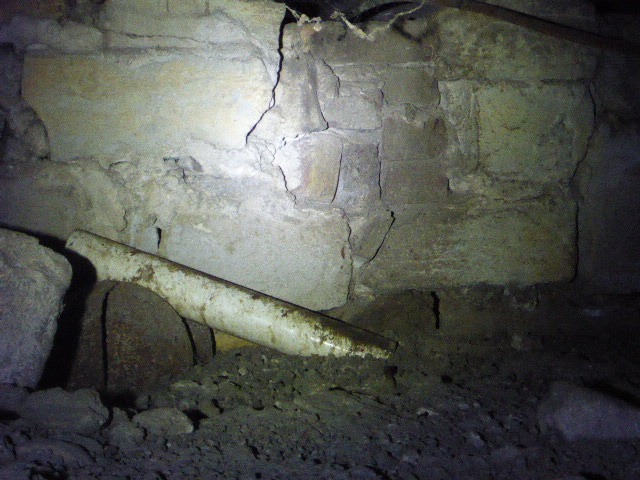
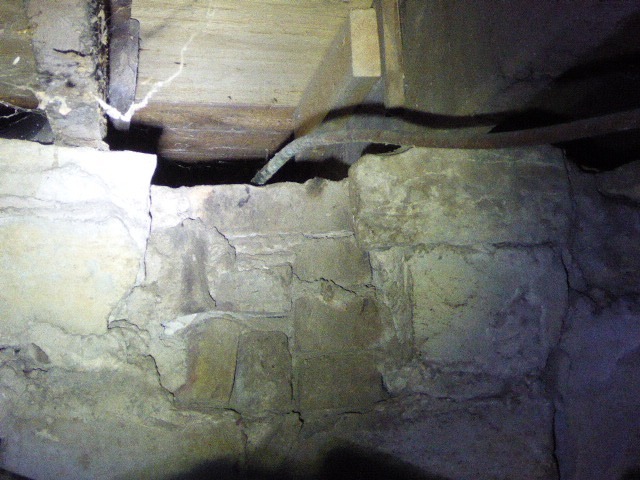
A stain pattern at the North foundation wall (where meeting the North neighboring home) shows this is a major passageway for rats between the two crawlspaces.
A hole/gap (apparently gnawed) is visible just north of where beam meets rear foundation wall; south of the beam, daylight is viewed where freon lines enter the building.


Lack of a complete firewall between this home in the north neighboring home, is continued in the crawl space (as in the attic). Courses of brick are provided above the stone foundation at the South Side, but this is lacking at the north.

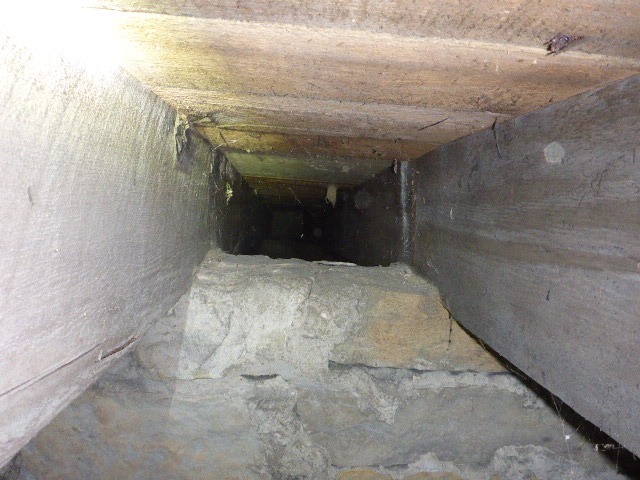
One can easily see into the north neighboring home’s crawl space from this home’s crawl space (photos, above). Have a masonry contractor propose material and estimate cost for bricking over these north wall gaps (masonry, cement or equivalent recommend to limit rat entry; drywall, wood etc. are NOT recommended.)
Note that often, mortar/cement has some steel wool, metal mesh or similar metal material embedded in it, to limit rodent activity.
To ensure air quality in home and prevent damage to components, have a crawlspace specialist check the property and propose best way to isolate dirt floor & address other crawlspace issues.
1950s crawlspace:
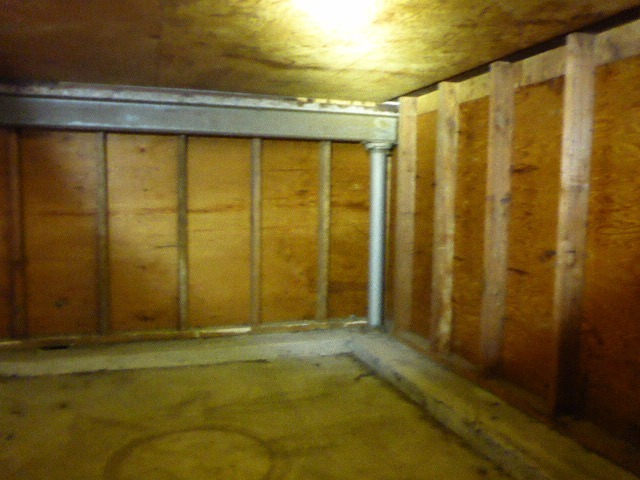
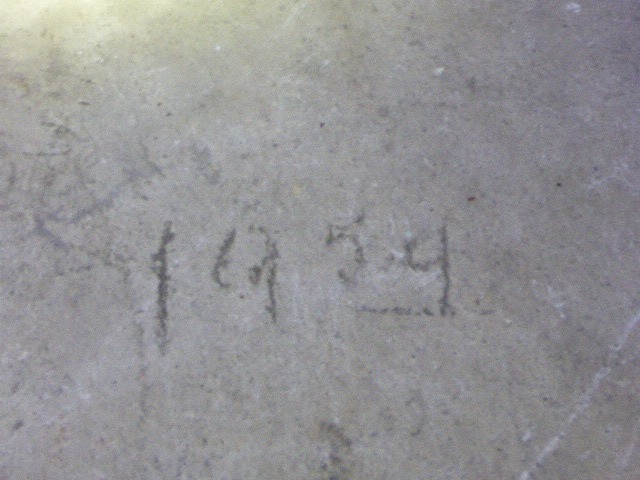
Concrete floor provided; higher stem wall at perimeter A) helps protect frame wall/sill plate from water at exterior, and B) indicates a deeper foundation footing compared to floor.
Below left, 2″x8″ joists better than 2″x6″ typical to a rear porch enclosure. Below RT, note steel beam and column method for floor support.
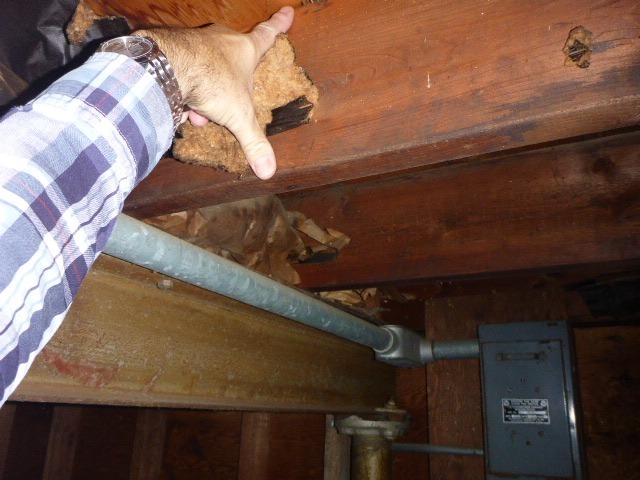
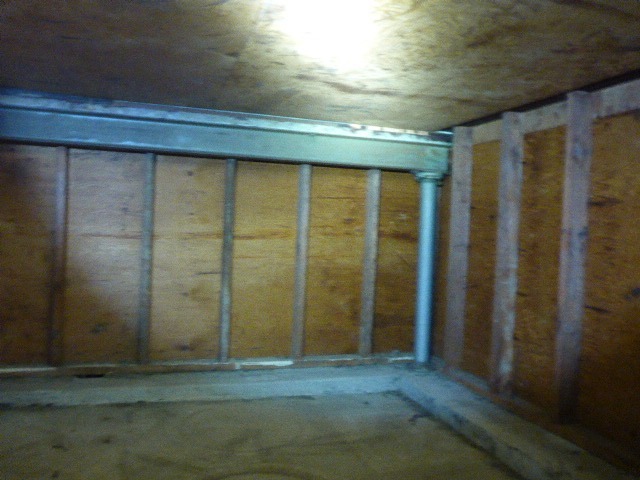

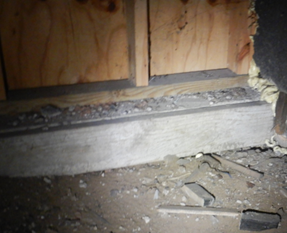
Metal service entrance raceway conduit, and remote disconnect for electrical supply